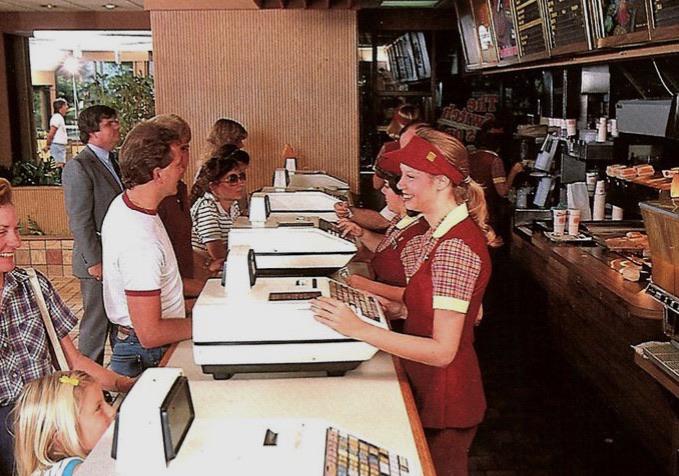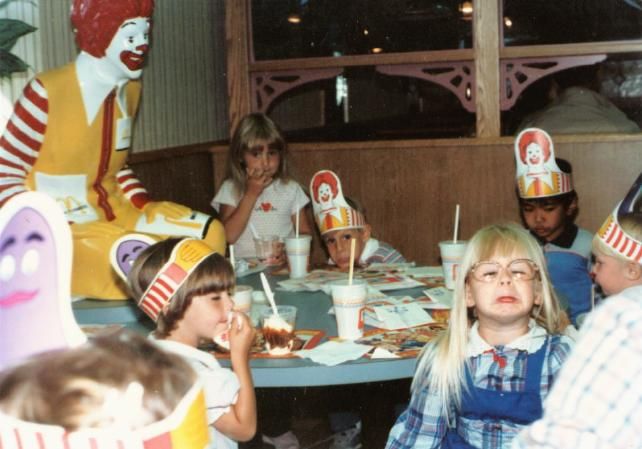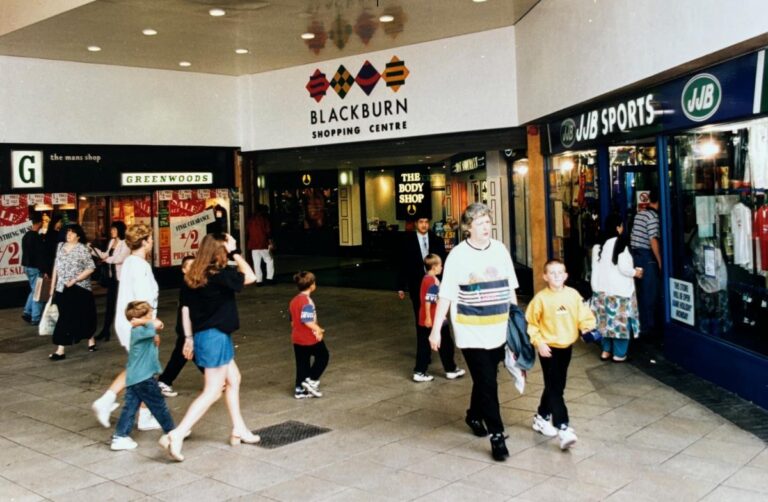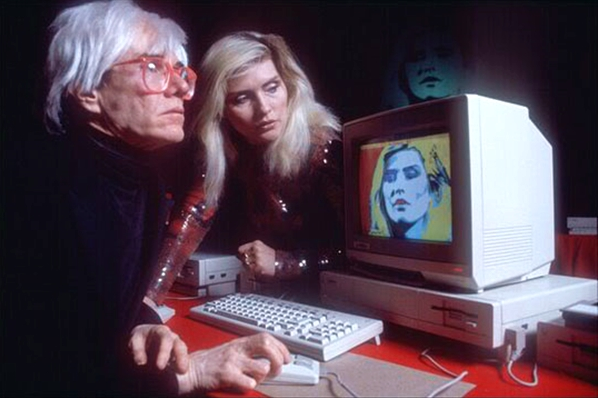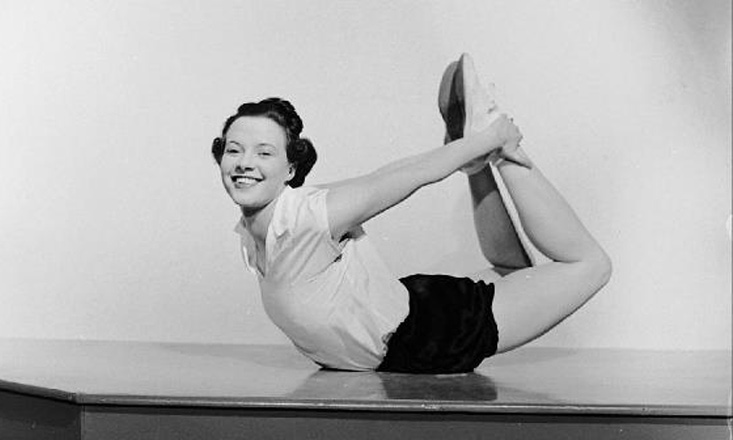THE IDEA IS SIMPLE
The idea is simple – if you realise you are riding a dead horse, you should obviously get off said horse, and move on. However, it’s amazing what people are willing to do to avoid that. Instead of abandoning the dead horse they take actions like..
Buying a new saddle for the horse
Giving the horse different food, improving it’s diet (it’s still dead)
Changing the rider!
Changing the groom!
Holding meetings to discuss how to improve the dead horse’s speed
Creating working groups, who spend months analysing the horse and writing expensive reports which conclude the horse is in fact, dead
Redefining the concept of ‘dead’ to convince themselves the horse still has potential
DENYING REALITY
It sounds ludicrous, but Dead Horse Theory highlights that people and businesses prefer to deny reality – wasting time, resource and effort on ineffective solutions, rather than acknowledging the problem from the start, enabling them to make more effective and impactful decisions.
As a close observer of hospitality and retail, I’ve watched this happen time after time. There seems to be an endless spring of explanations for the struggles these sectors face. But to me, one of the main problems is that in our hunger for immediate sales, our determination to put our ‘own stamp’ on our brands and of course, our love of vanity metrics, we forgot why we are here and how these brands were built in the first place – putting the customer first.
How many strategy meetings have you led or sat through where genuine customer first thinking was 2/3 of the way down the agenda, if at all! Which is absolute MADNESS given the customer facing sectors we operate in.
WHAT WILL IT TAKE?
- Understanding our customers in intimate detail; their behaviours, their likes, their preferences – and the mindsets and motivations behind them.
- Using that information to shape tailored communications which truly resonate and nurtures our customers carefully along the value chain – increasing their value and reducing their churn
- Reflection. The ability to make and support decisions based on your new understanding of your customer base and prospects
CUSTOMER FIRST
customer first > genuine connection > loyalty
Because if we don’t, we will lose the customers we do have, to the brands who already do.
If you’d like to find out how to drive serious incremental frequency and reduce churn by putting your customers first, drop me a line.

